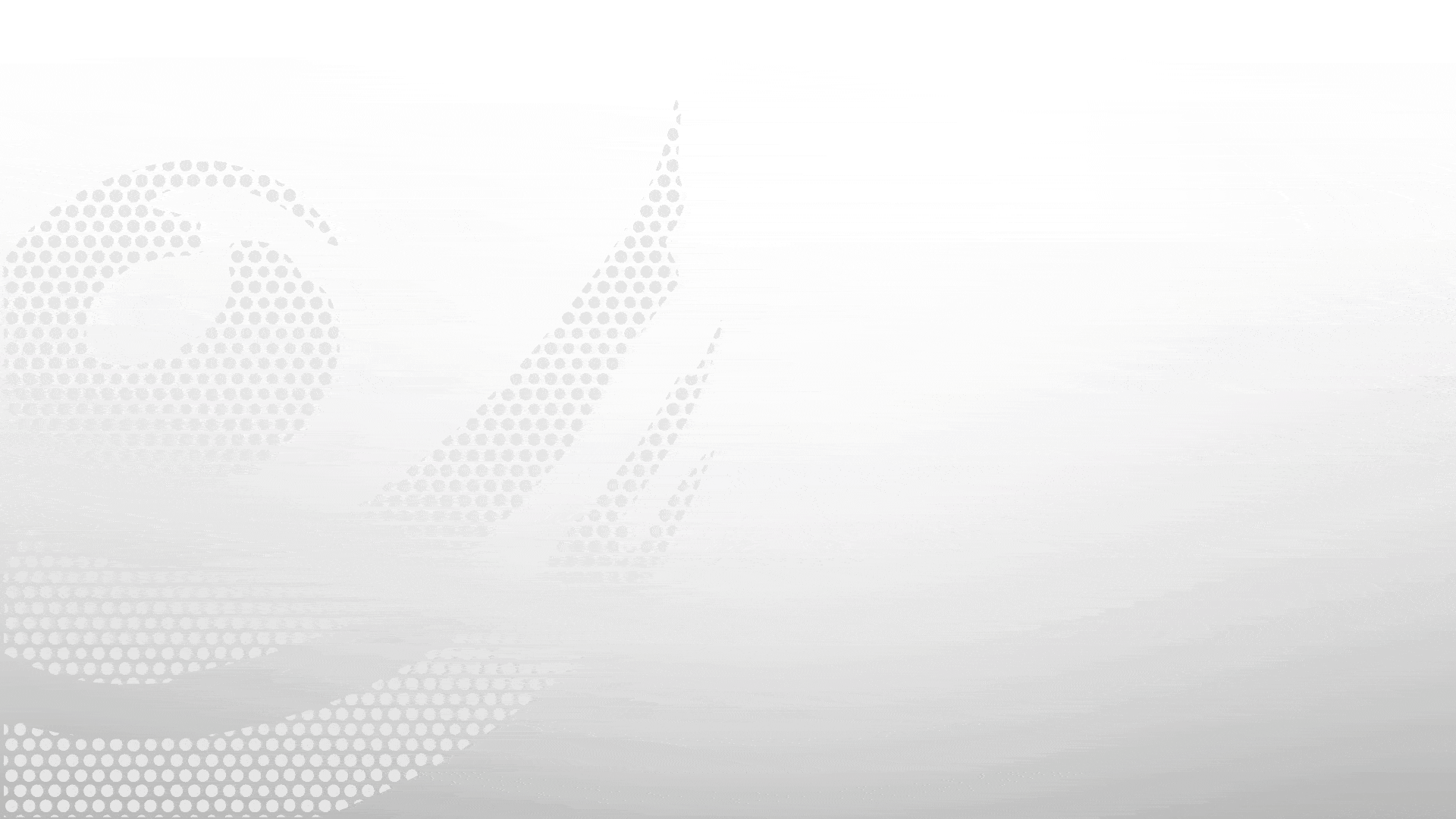Introduction

ERP systems have been shaping the way businesses operate for over two decades. The ERP system evolution reflects a shift from basic bookkeeping tools like Tally, QuickBooks, and Microsoft Office to more integrated solutions. As computing technology progressed from bulky desktop machines to modern smartphones, business technology also transformed. Innovations such as the internet, web platforms, and cloud computing have driven the evolution of ERP. Today, ERP applications have become indispensable tools for businesses of all sizes, from local shops to multinational organizations.
Before ERP System
Before the rise of integrated systems, large companies relied on different standalone software to handle various business functions. Legacy systems like Material Requirements Planning (MRP) and Manufacturing Resources Planning (MRP II) focused mainly on inventory and manufacturing processes. However, other departments such as accounting and distribution were still using separate software. The lack of a unified platform led to data duplication and inefficiency. This gap highlighted the need for a unified Software Development approach and centralized database, laying the foundation for the evolution of ERP and the emergence of comprehensive ERP applications.
Early Stage ERP Systems
By the late 1990s, early ERP applications emerged to bridge the gap between various business departments such as distribution, accounting, and human resource management. These systems enabled real-time data sharing, enhancing coordination across departments. However, in the early stages of the ERP system evolution, such systems were primarily adopted by large enterprises due to two major reasons:
- ✓Cost: Only a few ERP platforms could handle diverse business functions efficiently, and their licensing fees were prohibitively high for small businesses.
- ✓Complexity: These systems were originally designed for large corporations, making them overly complex and difficult to implement for smaller organizations, often complicating operations instead of simplifying them.
ERP Evolution Timeline
Journey through the decades of ERP innovation and transformation
Inventory-Control Packages
Material Requirements Planning (MRP)
Manufacturing Resources Planning (MRP II)
Enterprise Resource Planning (ERP)
ERPs as Web Applications
Cloud ERPs
ERPs as Web Application
The next phase in the ERP system evolution came with the rise of web-based platforms. This allowed new-generation ERP applications to become accessible for small and medium-sized businesses. The development of web applications simplified infrastructure and lowered costs by eliminating the need for local installations—users could now just log in via a browser. Despite these improvements, high licensing fees, implementation complexity, and server maintenance costs still posed challenges for companies with limited IT budgets. These factors limited widespread adoption to organizations with over 100 employees.
Cloud ERPs
Cloud computing has opened a new era for ERP software development. Open-source technologies have enabled vendors to offer scalable and cost-effective ERP applications. With data hosted securely on the cloud, businesses benefit from improved safety, enhanced uptime, and reduced infrastructure maintenance. Furthermore, cloud-based ERPs provide mobile access, empowering users to manage operations anytime, anywhere—perfectly aligning with the needs of today’s always-connected workforce. Cloud solutions are now accelerating the evolution of ERP toward more agile, user-friendly platforms.
What’s Next?
Despite the technological advancements and cost benefits, many businesses remain unaware of modern ERP applications. The misconception that ERPs are only for large enterprises still lingers. However, a new wave of tech-savvy entrepreneurs is driving adoption by embracing modern tools early. Legacy systems, once common, are becoming obsolete. Much like websites have become essential, ERP applications are quickly becoming vital for managing internal operations efficiently. As the evolution of ERP continues, businesses of all sizes are beginning to recognize the true value of a well-implemented ERP system!
Conclusion
The journey of ERP systems from basic inventory control to intelligent, cloud-based platforms highlights the relentless pace of technological innovation in business management. As ERP solutions continue to evolve, organizations that embrace these advancements will be better positioned to thrive in an increasingly digital and connected world.




